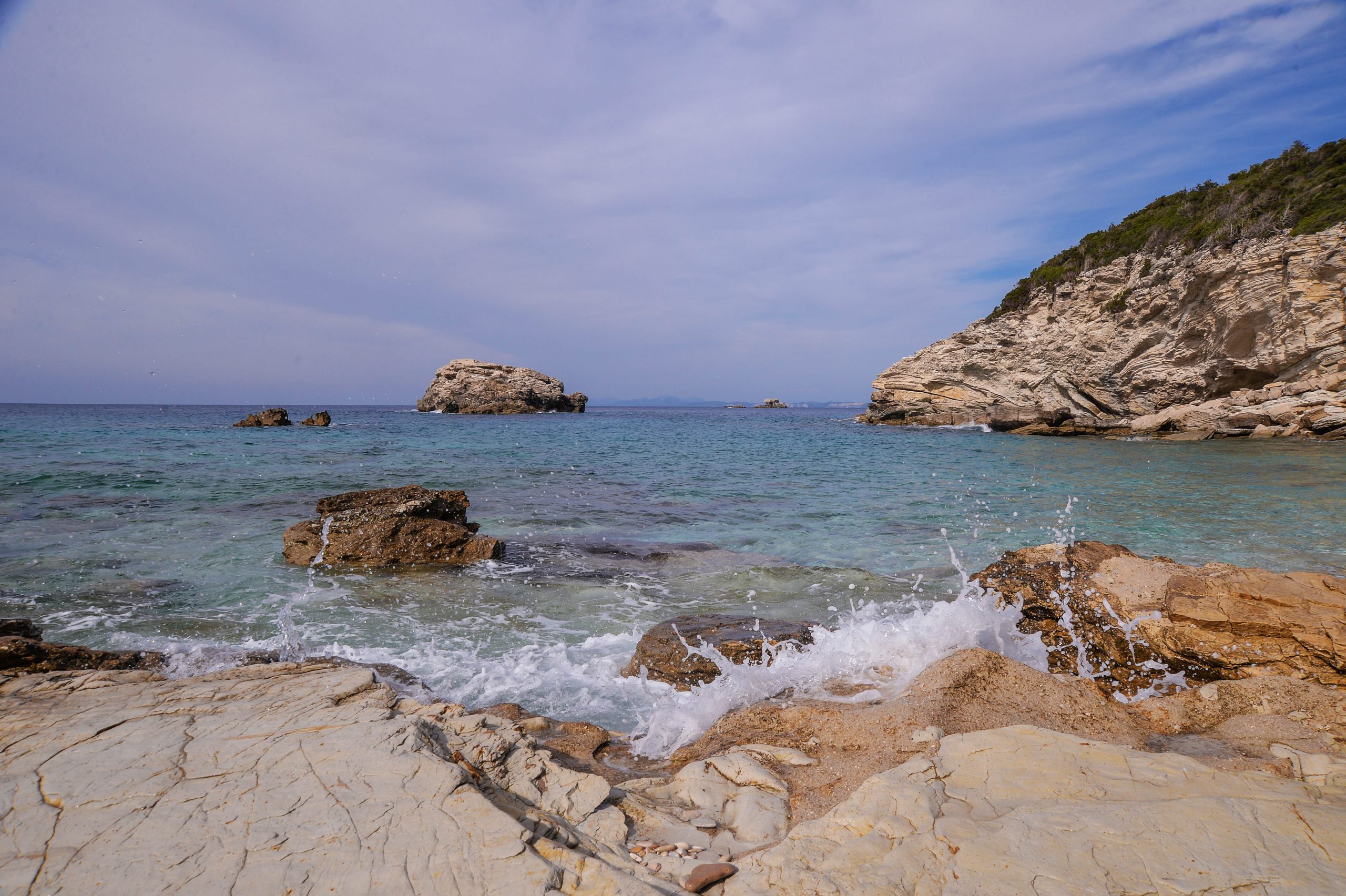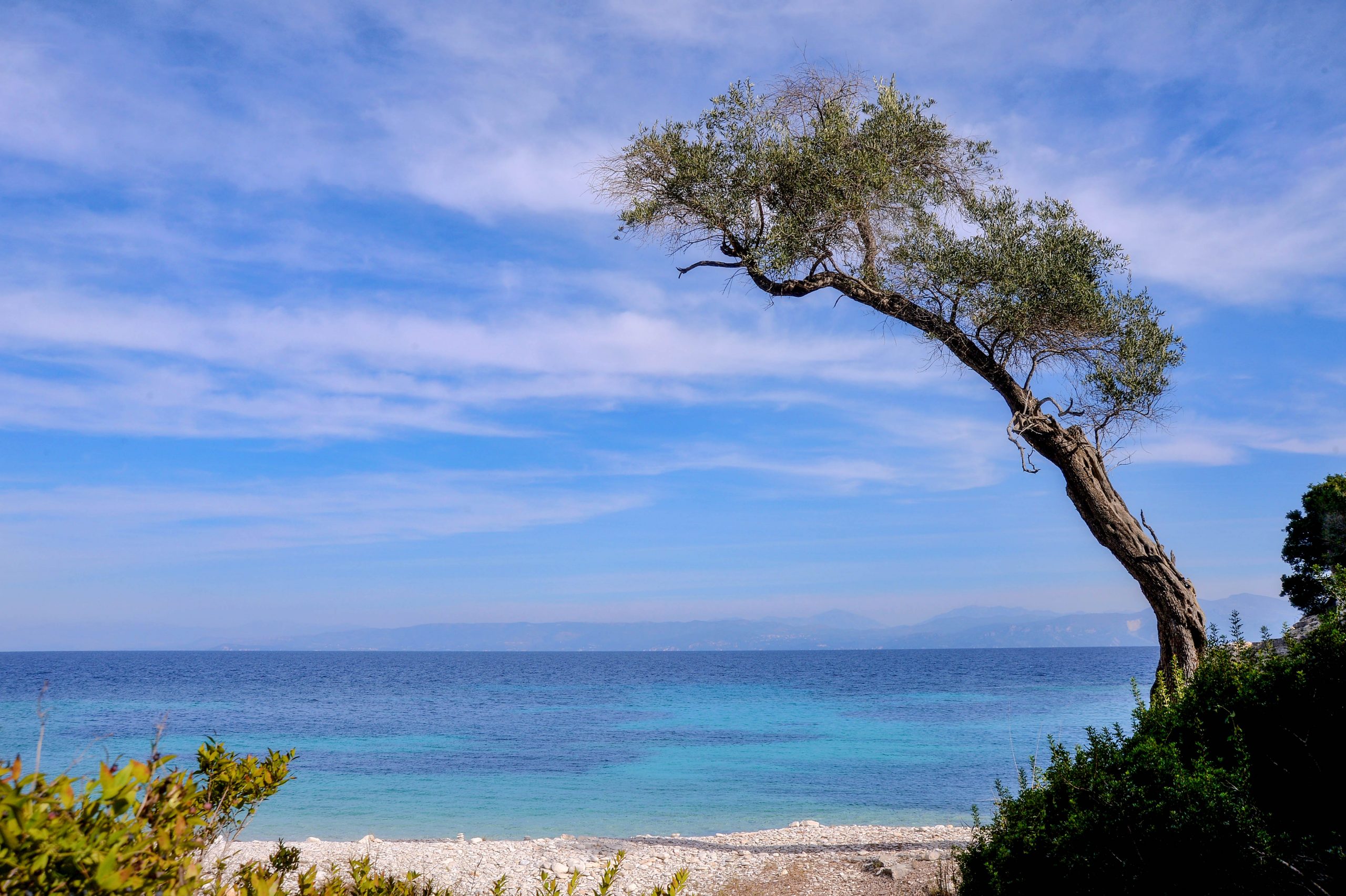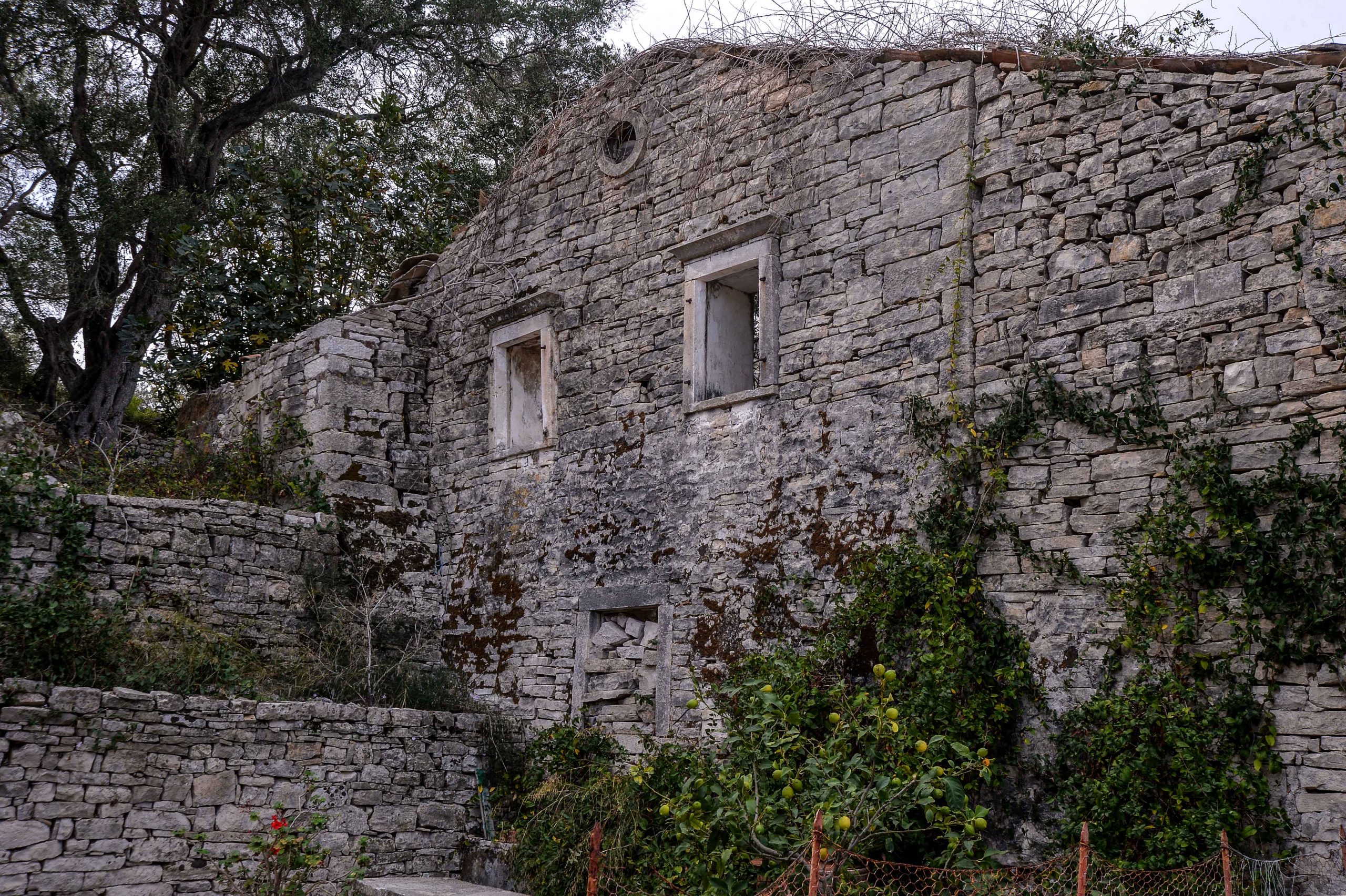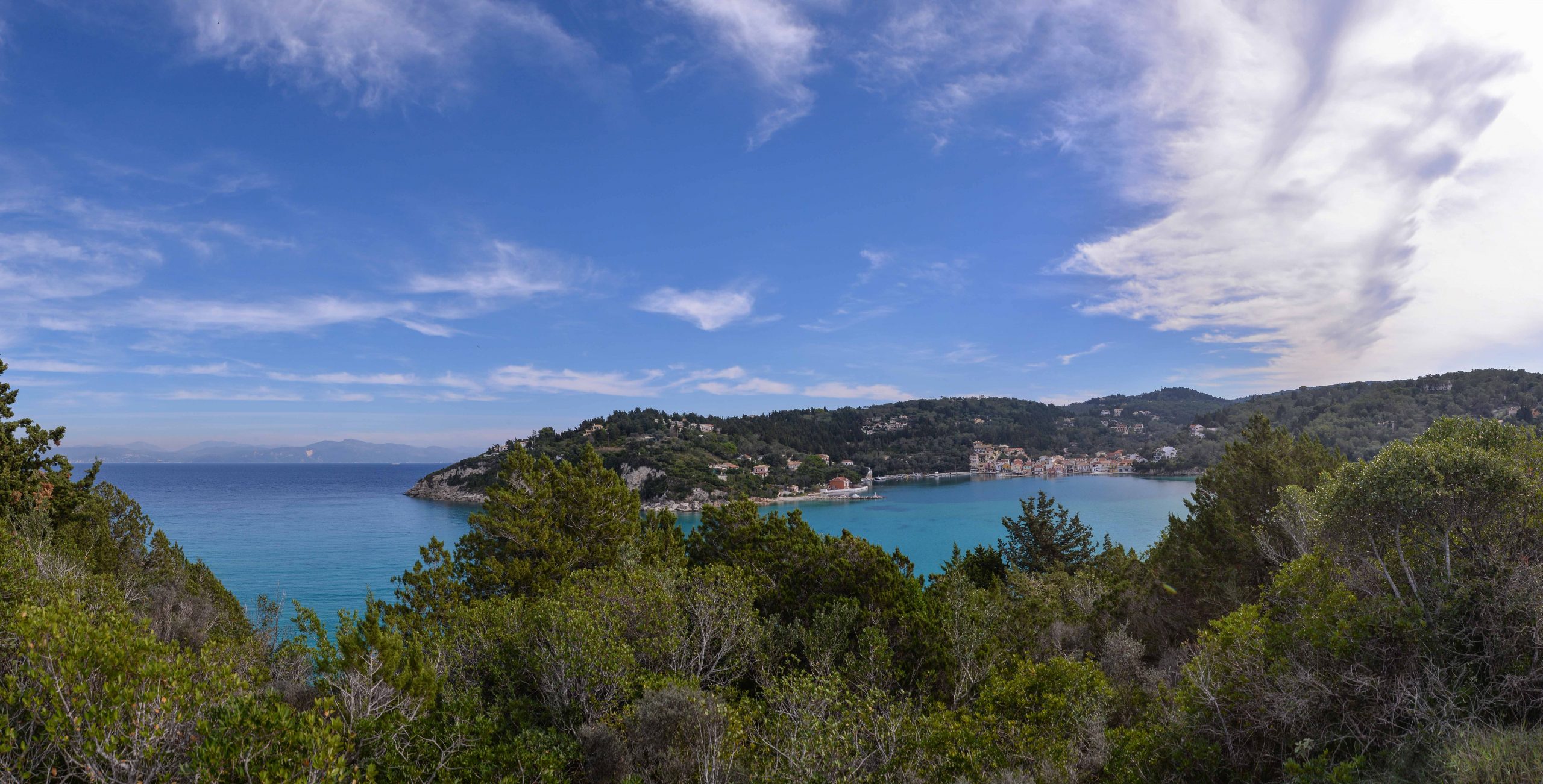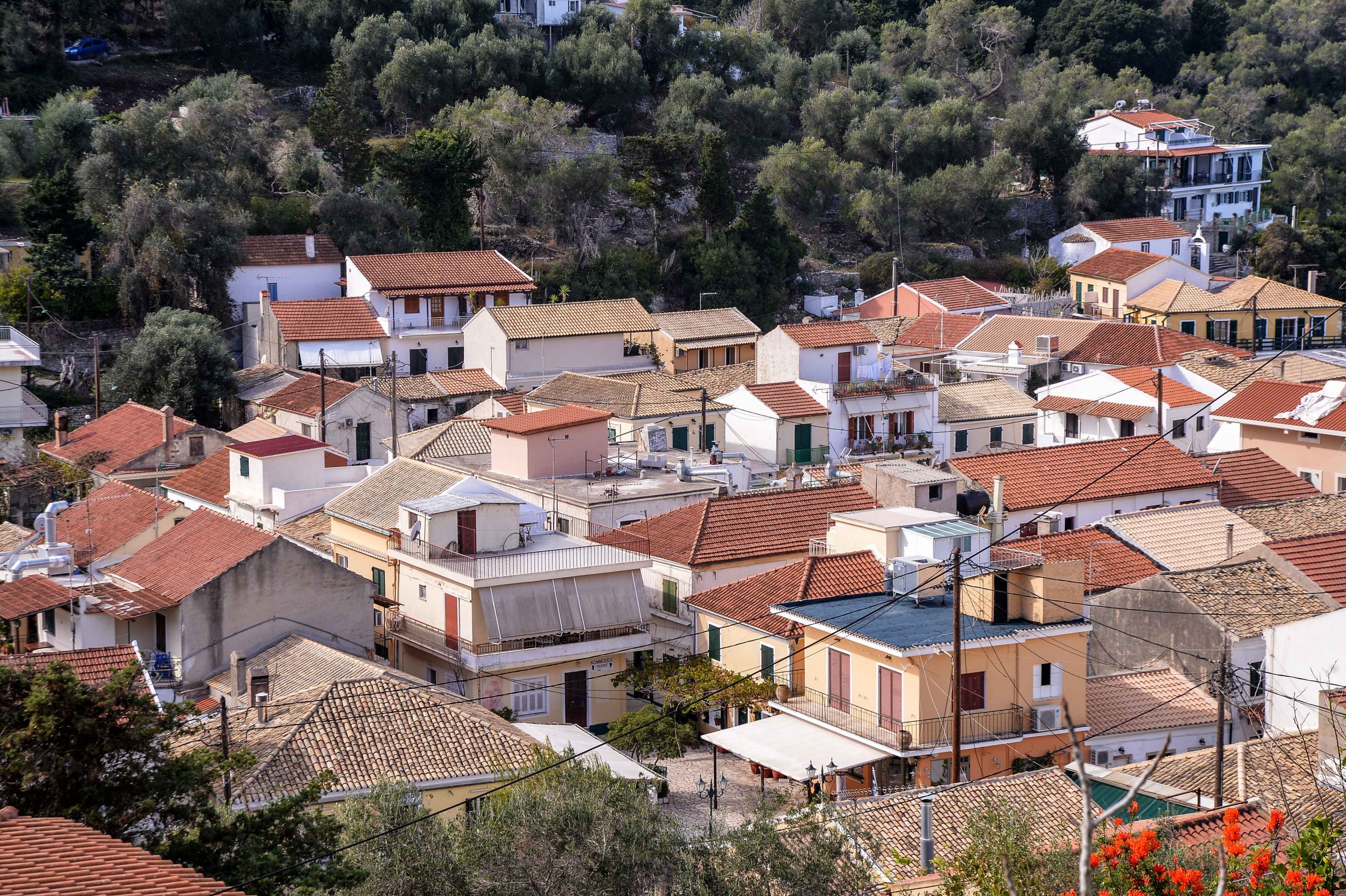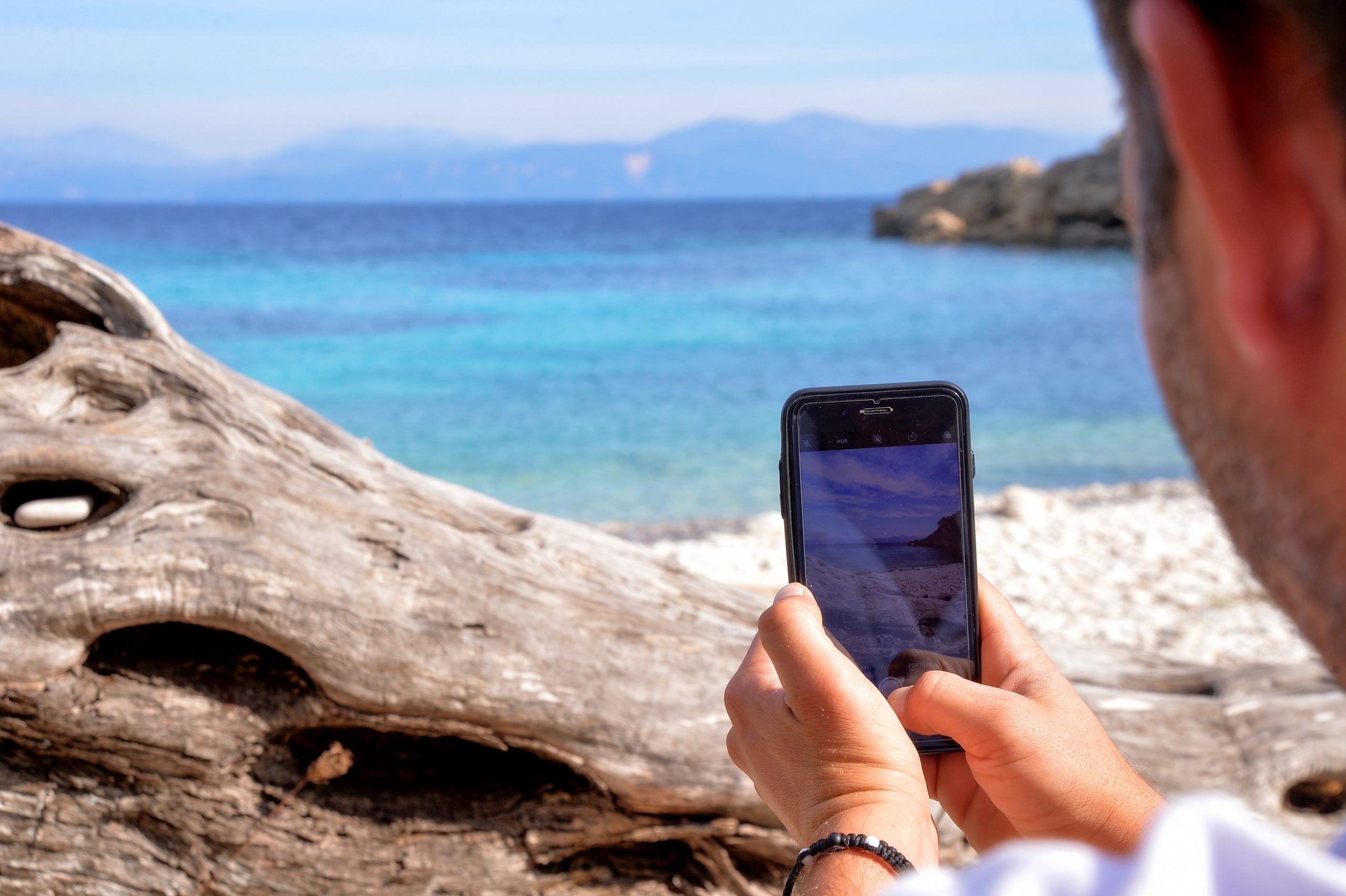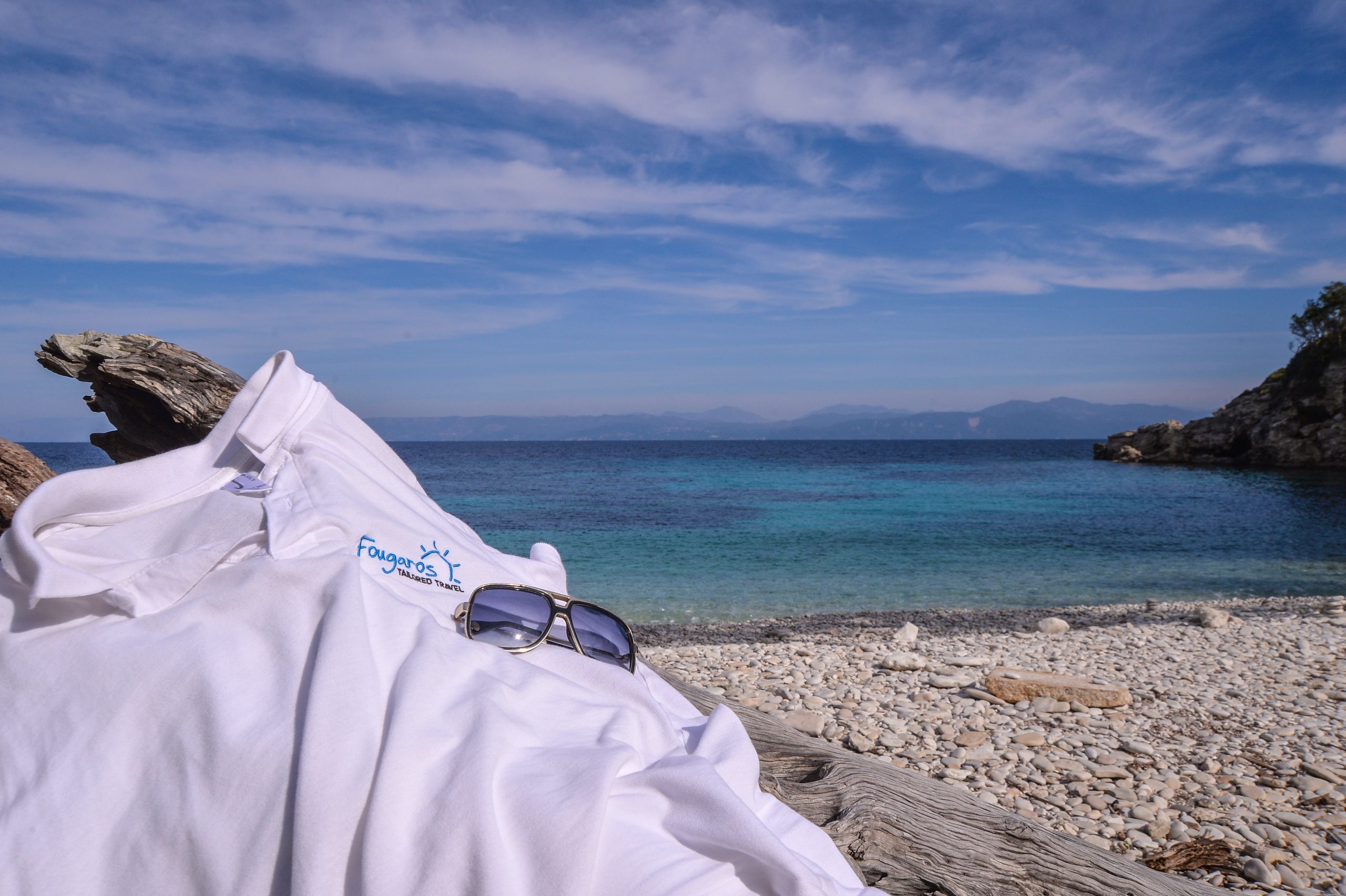Paxos (also known as Paxi or Paxoi), is the smallest of the Ionian Islands. In Greek, the name is a plural form and it refers to a group of islands and rocks, the most important of which are Paxos and Antipaxos (a smaller nearby island famous for its sandy beaches). In Greek mythology, Poseidon created the island by striking Corfu with his trident so that he and wife Amphitrite could have some peace and quiet.
Although possibly inhabited from prehistoric times, the Phoenicians are traditionally believed to have been the first settlers on Paxos. The name is thought to be derived from ‘Pax’, which meant ‘slate’ in their language. Romans, Crusaders, Venetians and later French and British were among the rulers of the island. Paxos united with Greece in 1864.
The landscape of Paxos largely consists of olive-orchards, and Antipaxos is mostly vineyards. The ground is elevated, forming hills, and the soil is calciferous. The eastern coastlines of the island are sloping, while the west coasts are steep, with remarkable natural formations: caves, arches, dome-shaped forms, and sheer cliffs. The three largest villages are located on the eastern side of the island: to the south is Gaios, the capital, Loggos is in the middle and Lakka is at the northern tip. Ozias, Makratika, Bogdanatika, Vlahopoulatika, Magazia, Fontana, and Mastoratika are some of the charming smaller villages and settlements scattered throughout the island.
Every year Paxos is the destination of about 250,000 tourists because of its beautiful beaches, crystal-clear waters, good weather, and the friendliness and hospitality of its people.

